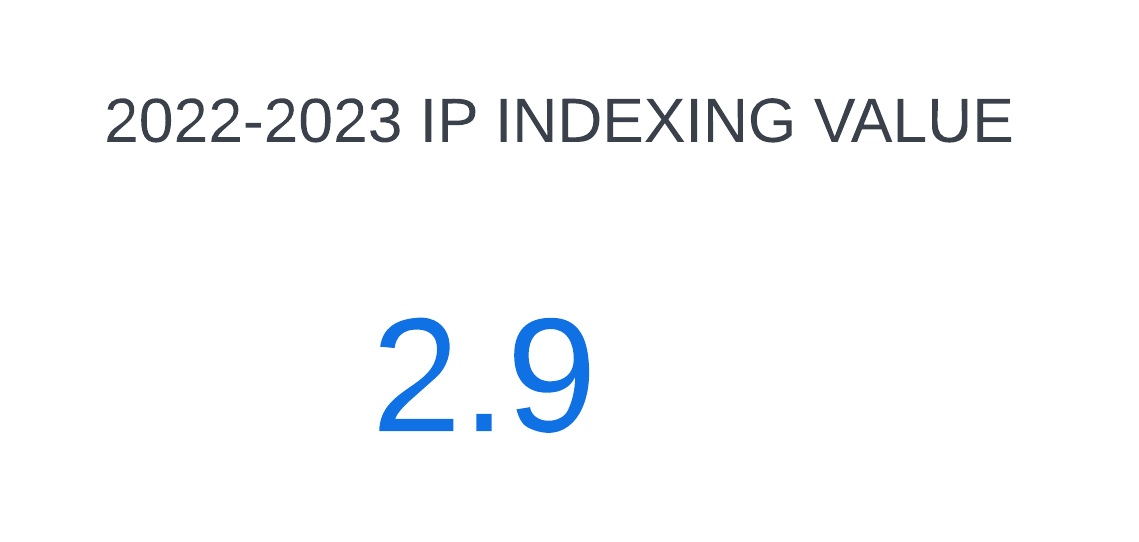Enhanced Detection of Social Bots on Online Platforms using SemiSupervised K-Means Clustering
DOI:
https://doi.org/10.69996/jsihs.2024002Keywords:
Online social networks, botnet, machine learning, social bots, semi-supervised clustering algorithmAbstract
Social bots are semi-automatic or automatic computer applications that express human performance in OSN. Social bots are the primary tools utilized by hackers to invade OSNs. The current use of Social bots in communication and voting operations has been highlighted. Twitter and Tumblr have been efficiently used to share information about public sentiment. The developing connection on the Internet has started up avenues for improved cybersecurity threats and perpetuation of an extensive array of cybercrimes occurring in significant financial needs and user data privacy violations. One of the most advanced but critical extensions to the public of malicious software is the bot malware, commonly referred to as botnets. The most current presentation techniques of malicious social bots examine the quantitative characteristics of their behavior. This paper proposed a novel approach to identifying malicious social bots, including feature determination based on the development probability of clickstream progressions and the Semi-supervised K-Means Clustering algorithm for detecting social bots. The proposed method explains the transition probability of user behavior clickstreams and reflects the time feature. The proposed Semi-supervised K-Means Clustering (SSKMC) algorithm, compared with the traditional detection method based on the quantitative function, improves accuracy by 15% on average. The proposed SSKMC Algorithm can efficiently detect malicious accounts on social bots.
References
[1] S. K. Decade and A. M. Bagade, "A review on detecting automation on Twitter accounts," pp. 69-72, 2015.
[2] Z. Chu, S. Gianvecchio, H. Wang and J. Sushil, "Detecting automation of twitter accounts: Are you a human, bot, or cyborg," IEEE Transactions on Dependable and Secure Computing, vol. 9, no.6, pp. 811-824, 2012.
[3] Freitas, F. Benevenuto, S. Ghosh and A. Veloso, "Reverse engineering social bot infiltration strategies in twitter," 2015 IEEE/ACM International Conference on Advances in Social Networks Analysis and Mining (ASONAM), Paris, France, pp. 25-32, 2015.
[4] S. Jr Barbon, Igawa R. A., R. Guido C, “Detection of the human, legitimate bot, and malicious bot in online social networks based on wavelets,'' ACM Transactions on Multimedia Computing, Communications, and Applications, vol.14, no.1s, pp.1-17, 2018.
[5] Y. Zhou, D.W. Kim, J. Zhang, L.Liu, H. Jin et al., “ProGuard: Detecting malicious accounts in a social network- based online promotions,'' EEE Access, vol. 5, pp. 1990-1999, 2017.
[6] C. K. Chang, “Situation analytics: A foundation for a new software engineering paradigm,'' in Computer, vol. 49, no. 1, pp. 24-33, 2016.
[7] Mail, "Syrian Electronic Army linked to a hacking attack on AP Twitter feed that 'broke the news' Obama had been injured in White House blast and sent Dow Jones plunging,".
[8] Ferrara, and A. Flammini, 2016, “The rise of social bots,'' Communications of the ACM, vol.57, no.07, pp. 96-104, 2016.
[9] R.A.Schifanella, A. Jaimes and C.W. Chung, “A large-scale study of user image search behavior on the Web,'' International Conference on Human Factors in Computing Systems, pp. 985-994, 2015.
[10] H.Gao, Y.Yang, K.Bu, Y.Chen, Downey et al., 2014, “Spam ain't as diverse as it seems: Throttling OSN spam with templates underneath,'' 30th Annual Computer Security Applications Conference, ACSAC 2014, New Orleans, United States, pp. 76-85, 2014.
[11] F. Brito, A.Nogueira and E.Rocha, “Detecting social-network bots based on multiscale behavioral analysis,'' International Conference on Emerging Security Information, Systems and Technologies, pp. 81-85, 2013.
[12] T. Hwang, I. Pearce and M. Nanis, ``Socialbots: Voices from the fronts,'' Interactions, vol. 19, no. 2, pp. 38-45, 2012.
[13] G.Rekha, V.Murali Mohan and M.Ranjeeth Kumar, “Network intrusion detection system for Internet of Things based on enhanced flower pollination algorithm and ensemble classifier,” Concurrency and Computation practice and Experience, vol.34, no.21, 2022.
[14] G.Rekha, V. Murali Mohan and M.Ranjeeth kumar, “Hybridization of Bottlenose Dolphin Optimization and Artificial Fish Swarm Algorithm with Efficient Classifier for Detecting the Network Intrusion in Internet of Things (IoT),” International Journal of Intelligent Systems and Applications in Engineering, vol.12, no.6s, pp.220–232, 2024.
Downloads
Published
Issue
Section
License
Copyright (c) 2024 Journal of Sensors, IoT & Health Sciences (JSIHS,ISSN: 2584-2560)

This work is licensed under a Creative Commons Attribution-NonCommercial 4.0 International License.
Fringe Global Scientific Press publishes all the papers under a Creative Commons Attribution-Non-Commercial 4.0 International (CC BY-NC 4.0) (https://creativecommons.org/licenses/by-nc/4.0/) license. Authors have the liberty to replicate and distribute their work. Authors have the ability to use either the whole or a portion of their piece in compilations or other publications that include their own work. Please see the licensing terms for more information on reusing the work.


